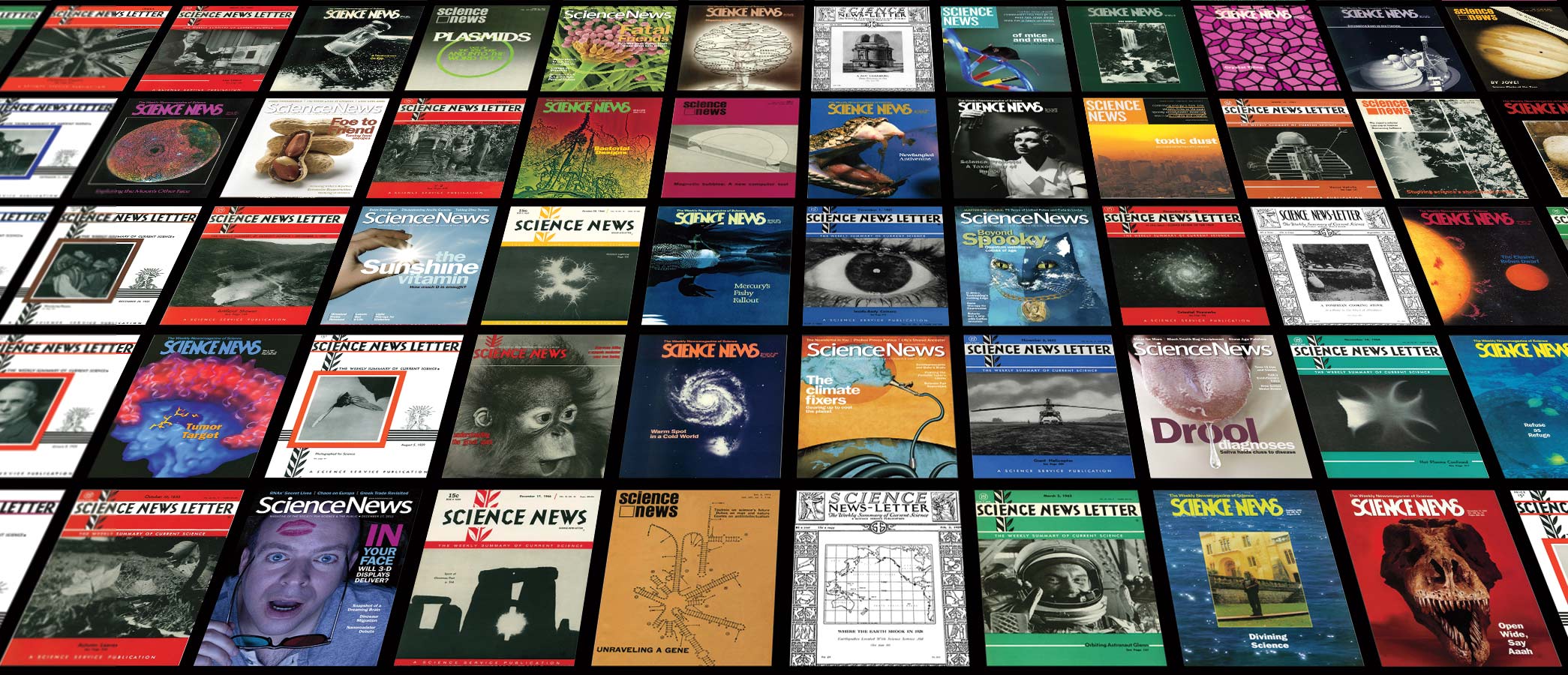
Reinventing a 97-year-old science news organization
Four years ago, Science News was on the ropes. It was founded by newspaper magnate E.W. Scripps in 1921 to provide accurate news of science, technology and medicine to the general public. But over the past decade, Science News had lost millions of dollars. Print circulation was shrinking, ad sales were dismal, and the organization’s digital operations were starved for resources despite growing audiences.
This may sound like yet another chapter in the long, sad tale of the decline of print journalism. But our story has a surprise twist.
When social entrepreneur Maya Ajmera joined Science News as publisher in August 2014, she was told she had to sell the magazine, shut it down or figure out a way to make it sustainable. She decided the solution would be to expand the publication’s audiences. “Like any entrepreneur, I started with, ‘Who are the audiences you want to attract?’” Ajmera says. “‘Who should be reading this?’”
The answer: students and teachers. Science News had a proven track record in reaching students through its Science News for Students website, and teachers said they needed timely, well-researched materials to supplement outdated (or non-existent) textbooks. In 2015, Ajmera launched a pilot program that mailed print copies of Science News to 270 high schools along with a topic-specific curriculum guide. In three years, the program has grown to reach almost 4,500 schools, including many in rural or underserved areas. Teachers have to apply to participate, increasing the likelihood that the materials will be used in the classroom.
The business model is simple: individuals, foundations and corporations pay $500 per school to sponsor Science News in High Schools, at no cost to the schools. The success of the program has increased circulation by 50 percent and has drawn advertising from universities seeking to connect to students intrigued by STEM fields. And it’s also supporting our efforts to engage existing and new subscribers.
Thanks to Science News in High Schools, in 2017, news operations were profitable for the first time in years. Suddenly we have a future. What do we do with it?
To answer that question, the organization embarked on a strategic planning process supported by Knight Foundation. But change doesn’t come easy, especially to an organization that had been doing one thing very well for almost a century. Some people in the newsroom feared that Science News would lose its fierce focus on accurate, nuanced coverage that made it revered in the science journalism community. To ensure everyone’s voice was heard we brought together the entire 28-member Science News Media Group staff to identify what we’re good at, where we fall short and where we want to go.
We quickly reached consensus on our shortcomings:
- Technical problems with our websites severely limit our ability to tell stories and turn new readers into subscribers.
- We’re too slow on breaking news and lack a clear digital workflow.
- Visuals and multimedia have been a low priority; we need resources and training.
- We need to be willing to experiment, especially with new forms of storytelling and new products.
But we also realized that we’re good at things that matter deeply:
- Dedication to high-quality journalism with a relentless focus on accuracy.
- Deep expertise and talent, including multiple staffers with PhDs in their beats.
- The ability to put new discoveries into context, explain the complexities clearly, debunk bad science and avoid hype.

Post-Its from R&D sessions that fueled Science News’ strategic planning process. Photo by Nancy Shute.
The planning process helped us accelerate our top digital priority: a new CMS and website rebuilds. In July, barely two months after wrapping up the planning process, we signed a contract with a vendor for the rebuild and are moving forward. We’ve crafted a business strategy with diversified revenue streams including memberships, individual and institutional philanthropy, advertising, licensing and events. And we’ve come up with big, audacious ideas for new editorial projects and a digital interface that we think will help make accurate science news accessible to people of all ages and abilities in the known universe.
In March we launched Science News University, a staff-run training program with speakers from within the organization and beyond, including ProPublica, the Investigative Reporting Project, The Open Notebook, and SPJ/Google News Lab. Our digital director and chief of marketing just finished the Poynter “Table Stakes” online course on digital sustainability. Other staffers are honing their data visualization skills. We’ve also launched a newsletter showcasing reporters’ and editors’ voices.
We’re talking with potential funders, beta testing a project to increase diversity in our coverage, and exploring partnerships to address science news literacy in students and adults. And we’re refocusing our social media efforts to meet our audiences where they live.
The strategic planning process has taken us much further than we thought it could. Rather than being the sterile corporate exercise as many in the newsroom expected, it confirmed our value and showed us that we could act to shape the future of this beloved news organization in ways large and small.
Nancy Shute is editor in chief of Science News, a nonprofit news organization based in Washington, D.C. Science News is part of the Society for Science & the Public.
Recent Content
-
Journalismarticle ·
-
Journalismarticle ·
-
Journalismarticle ·


